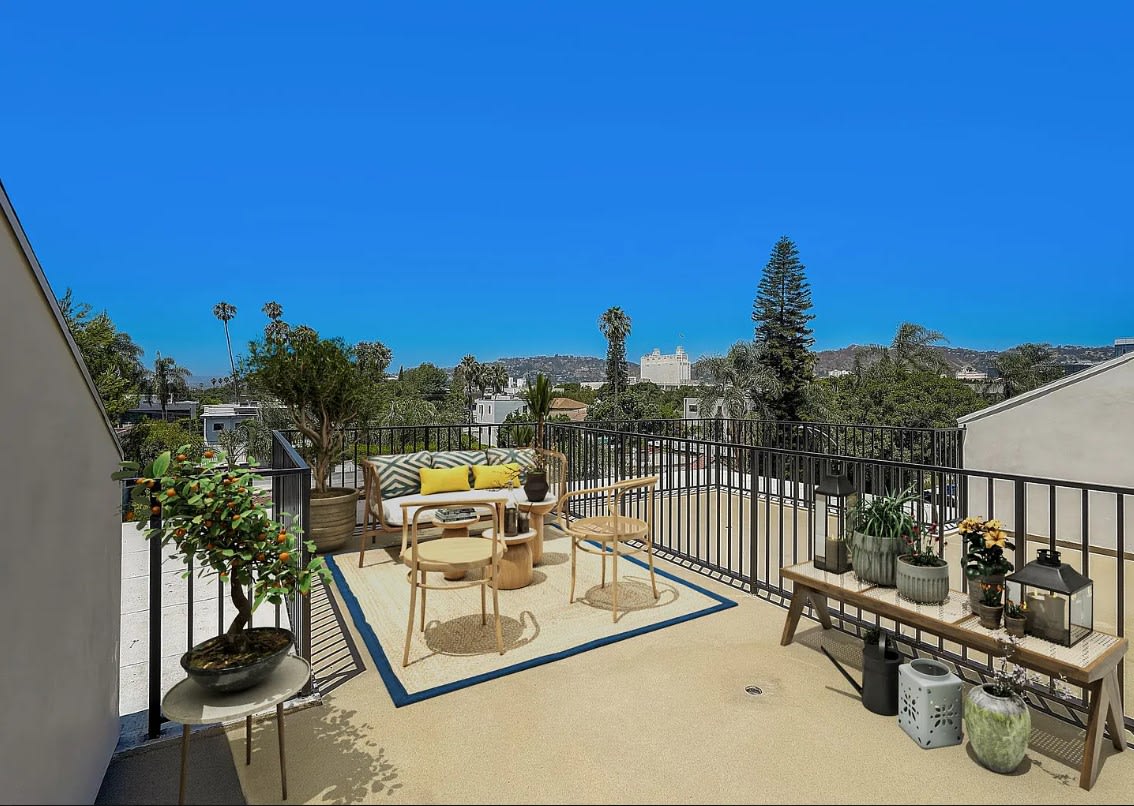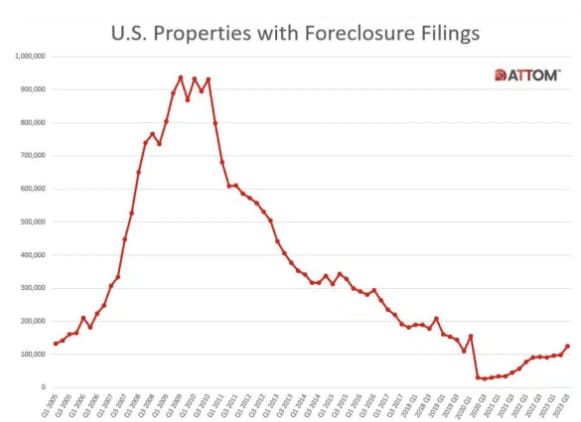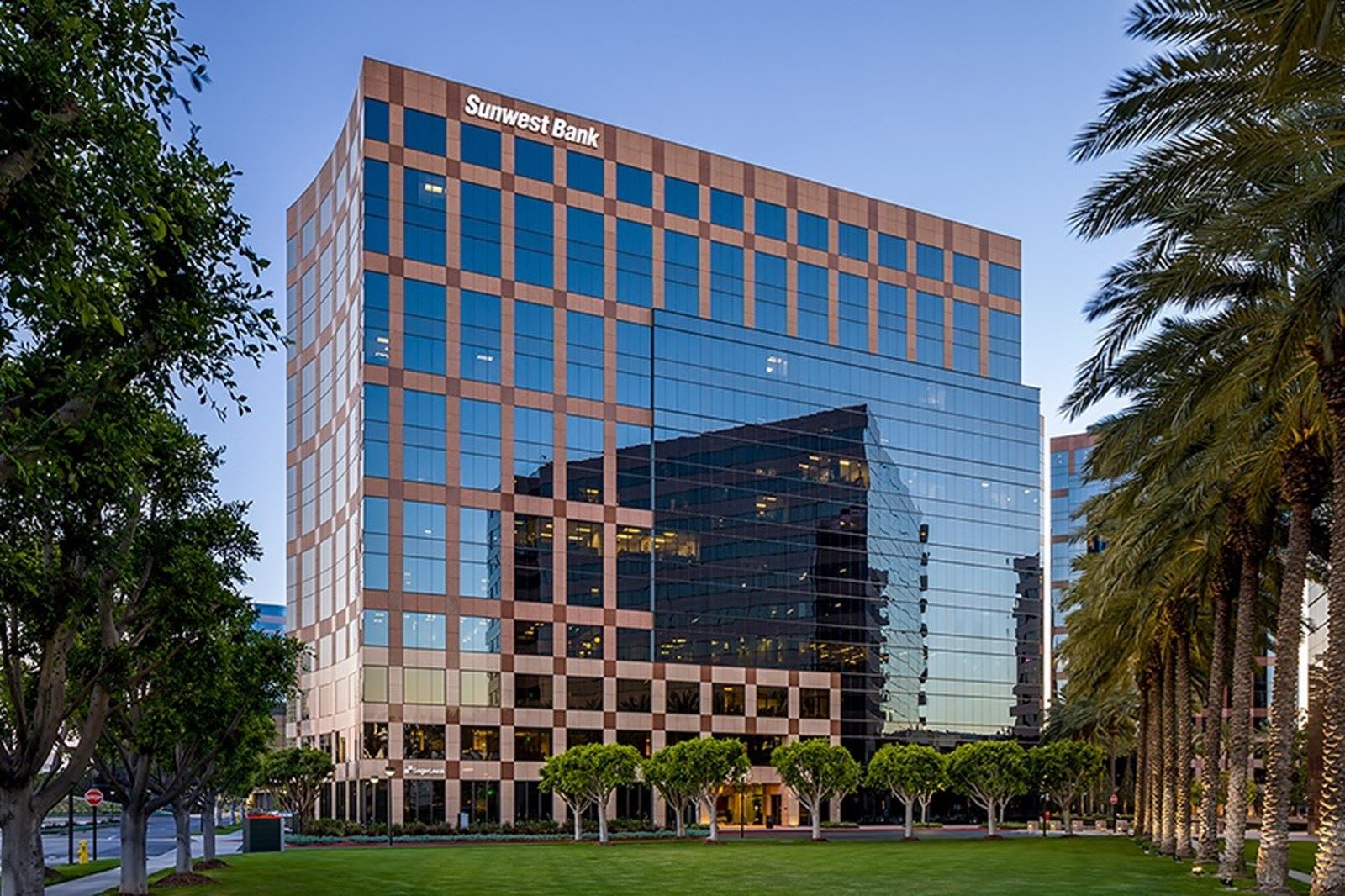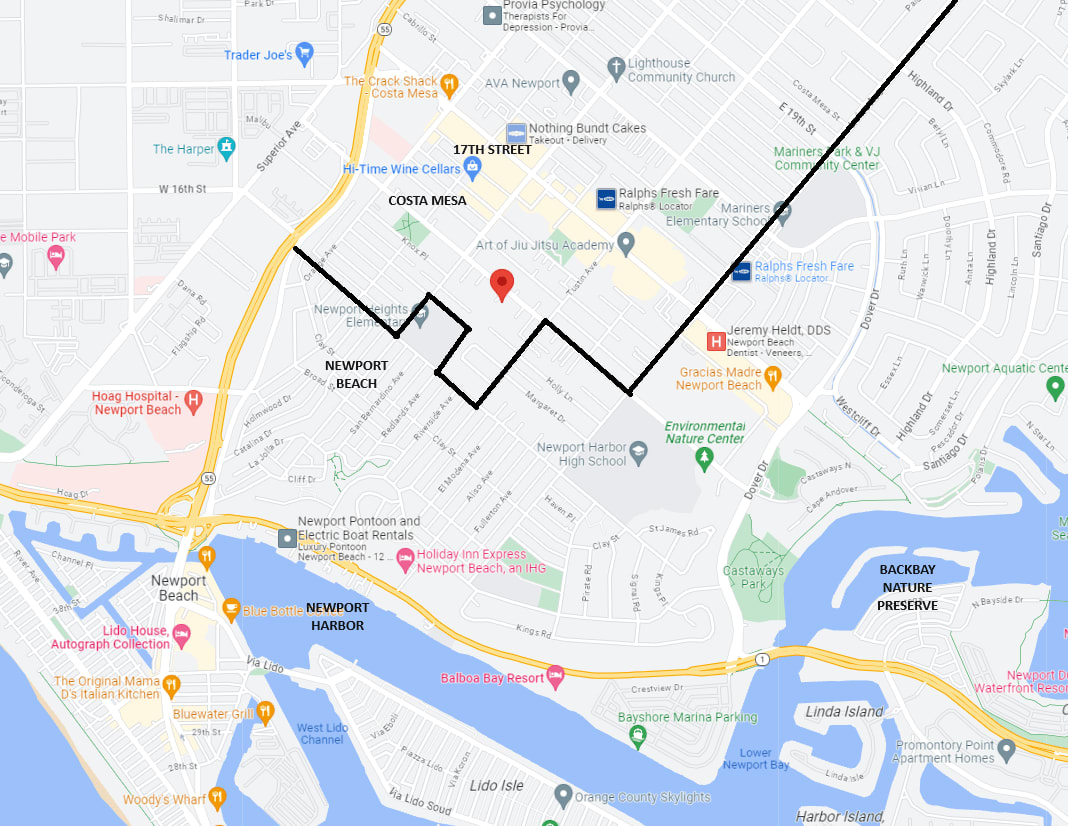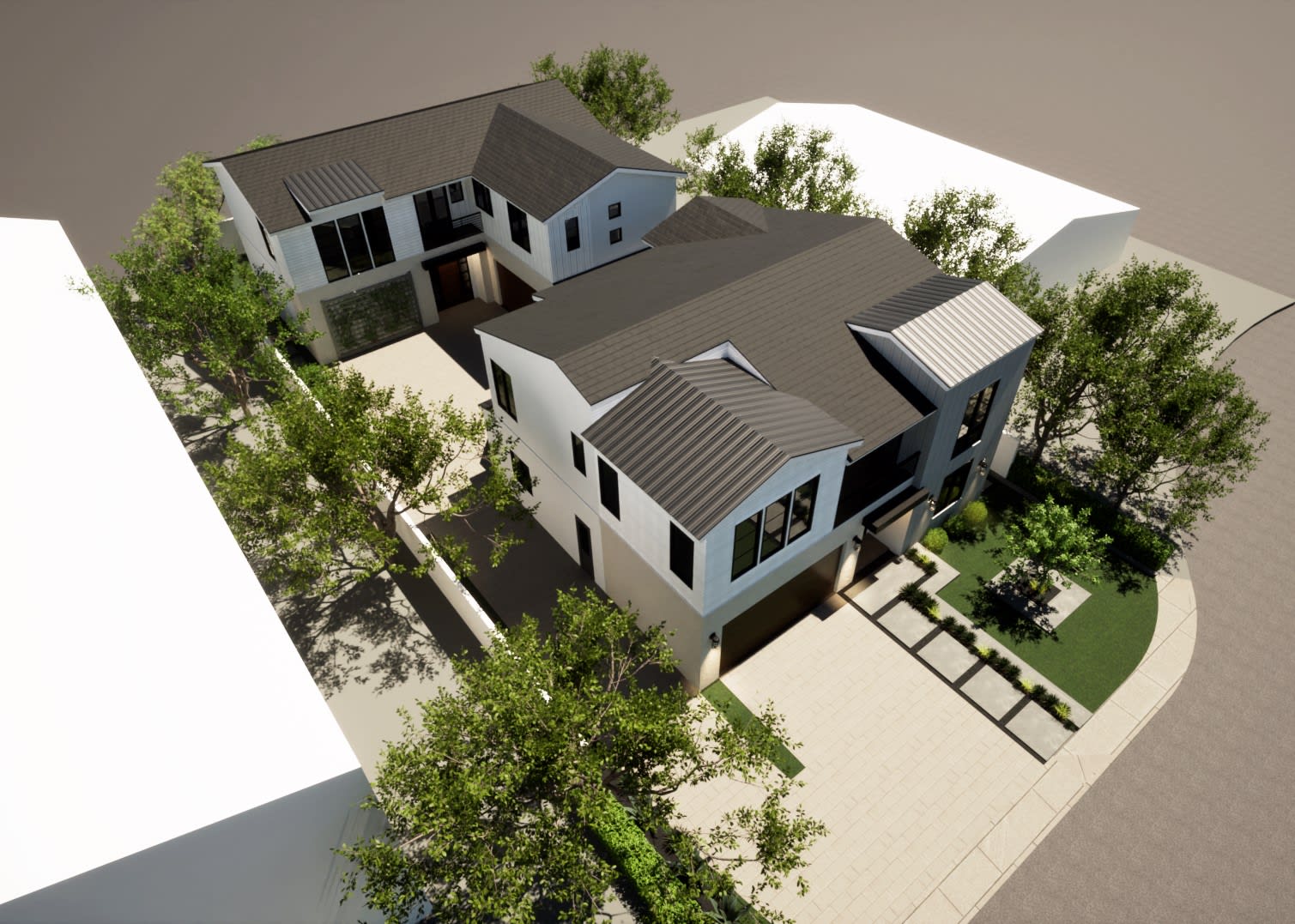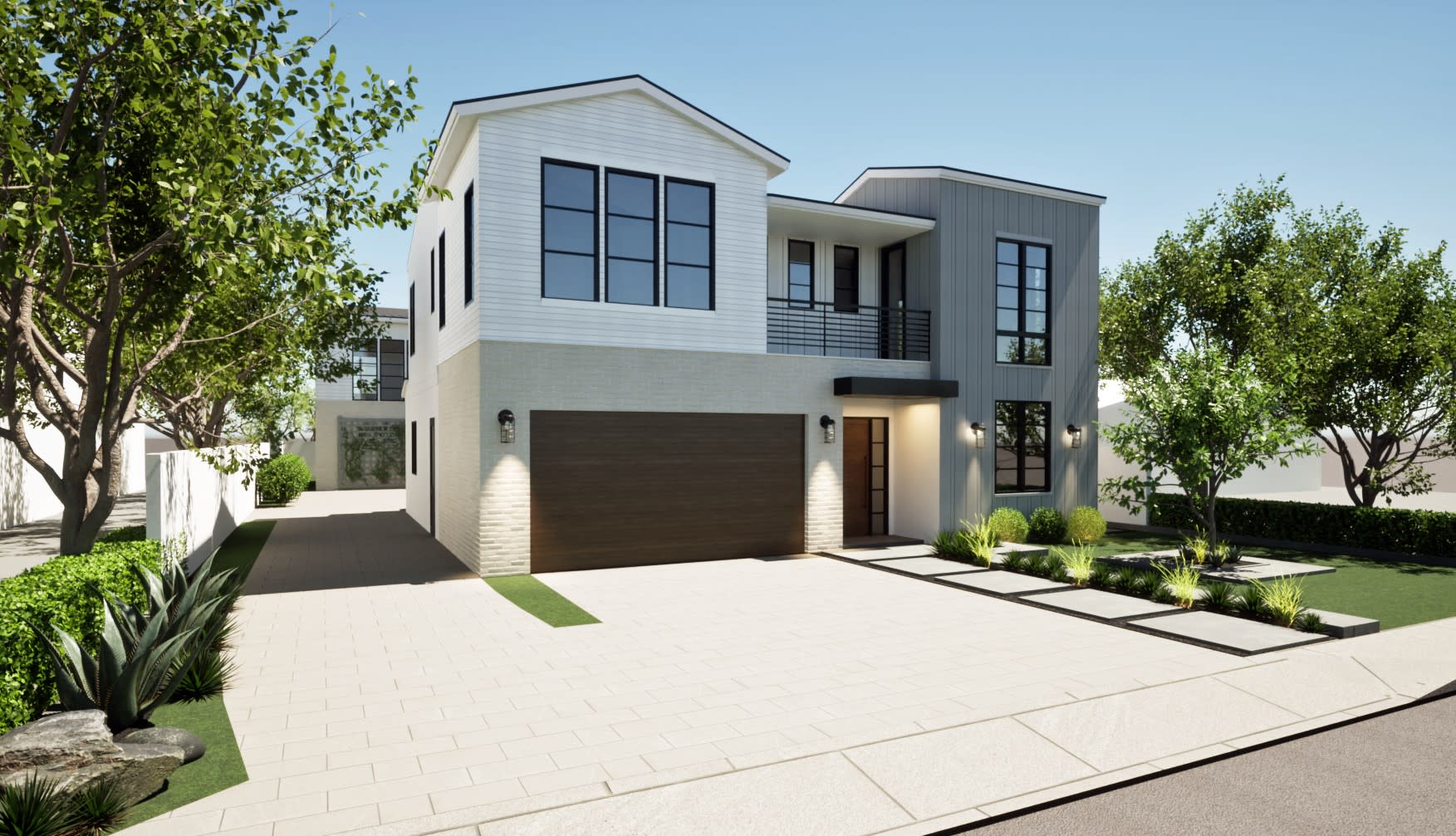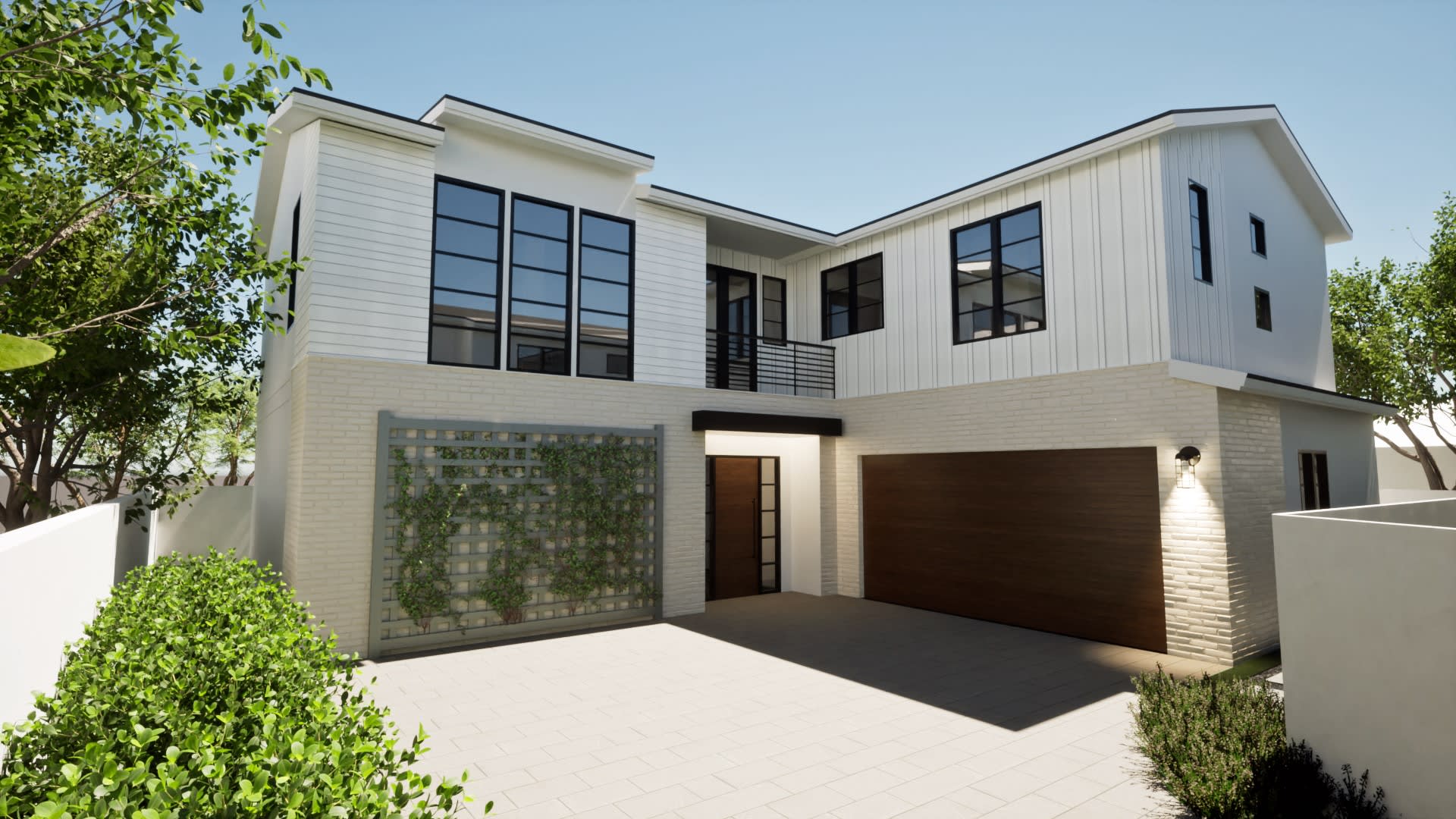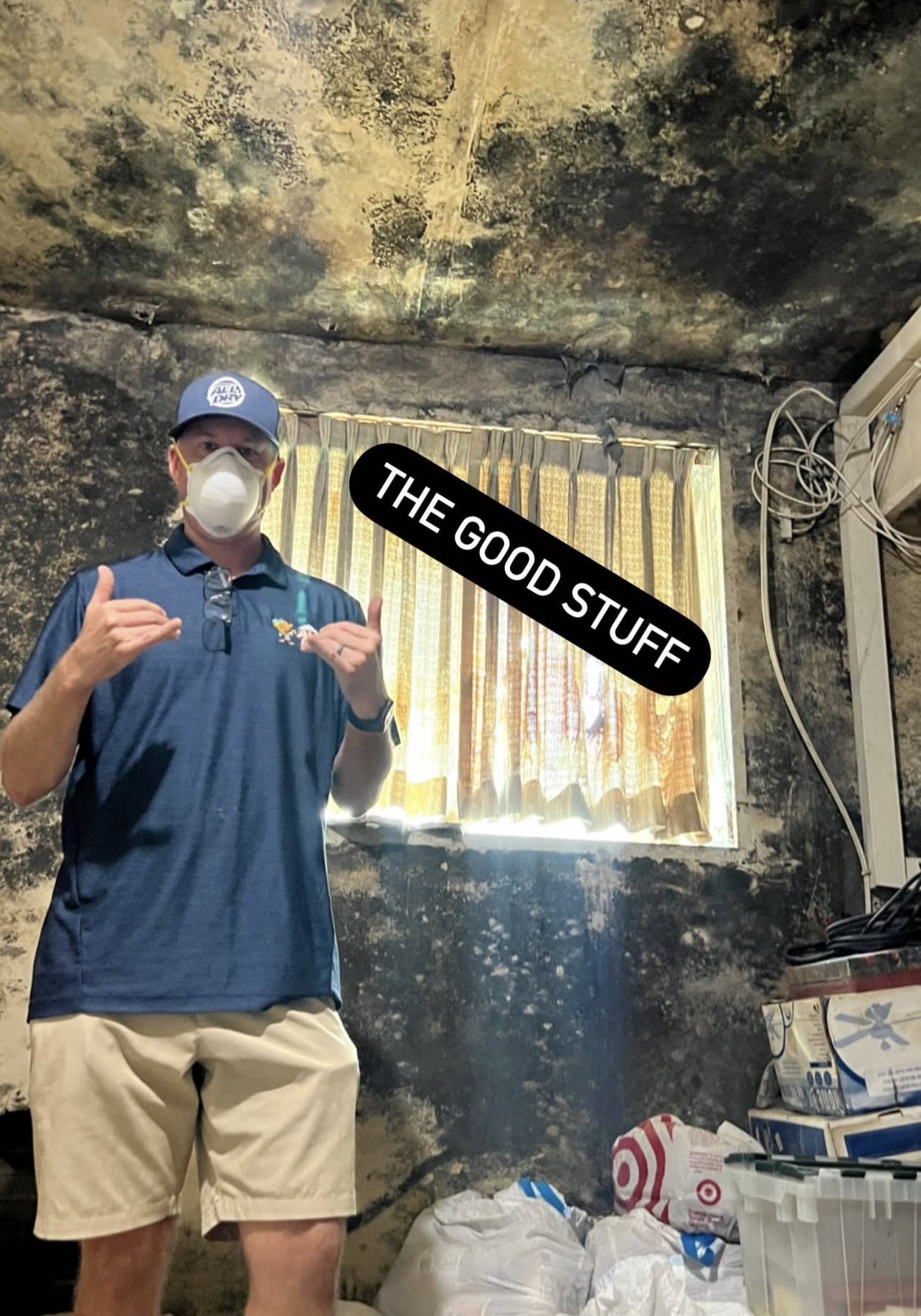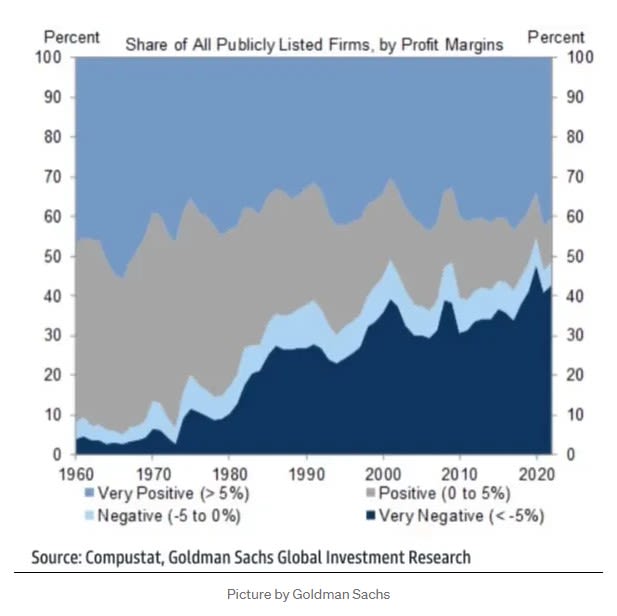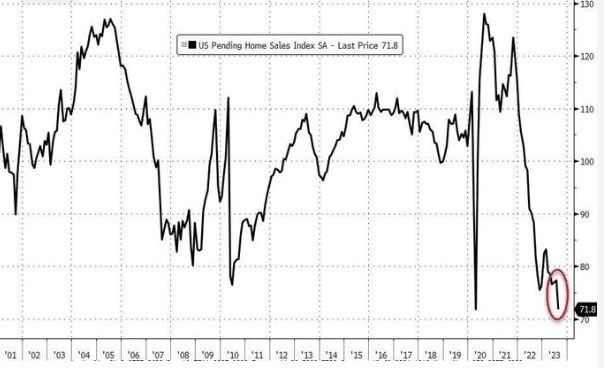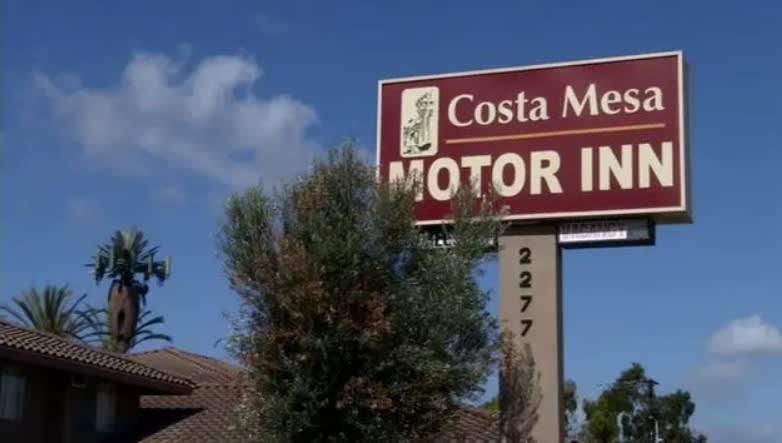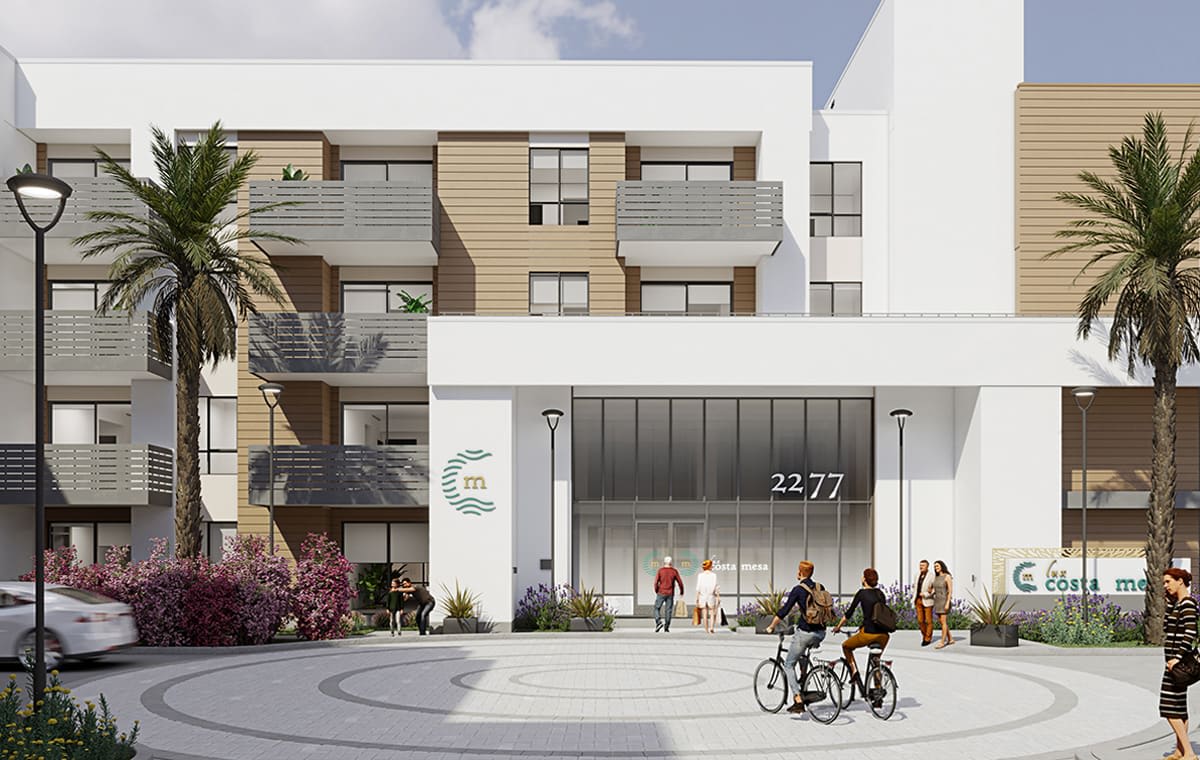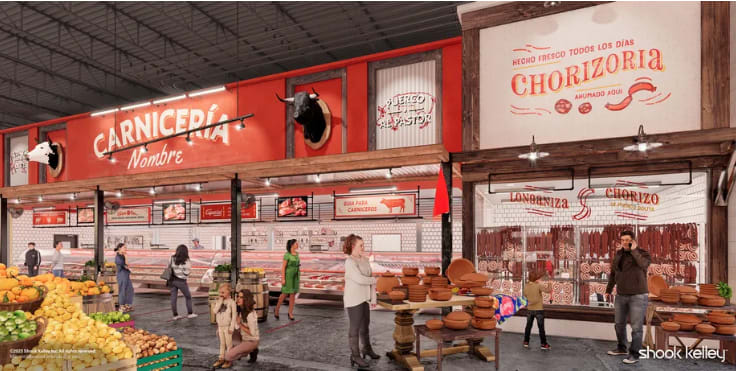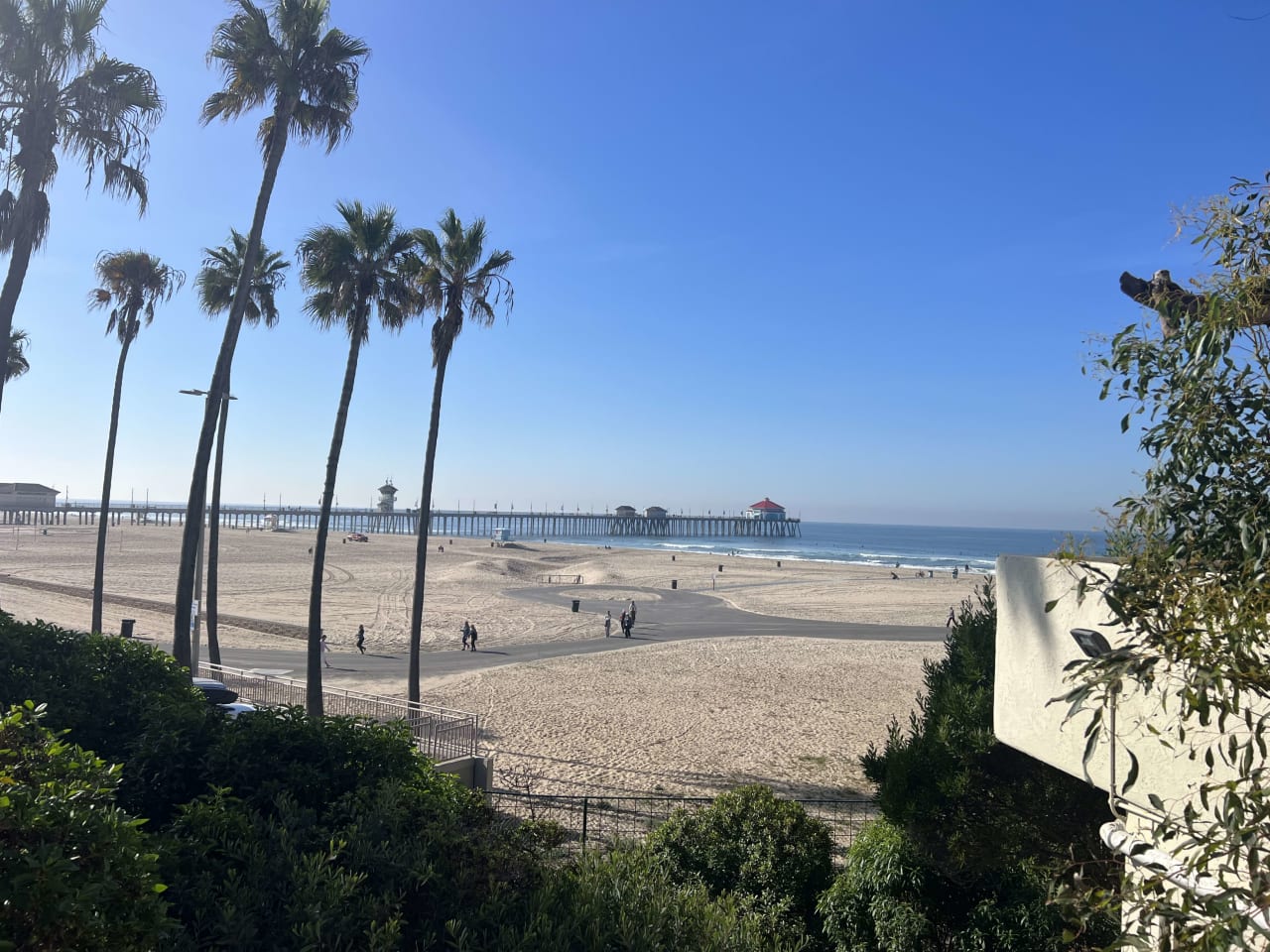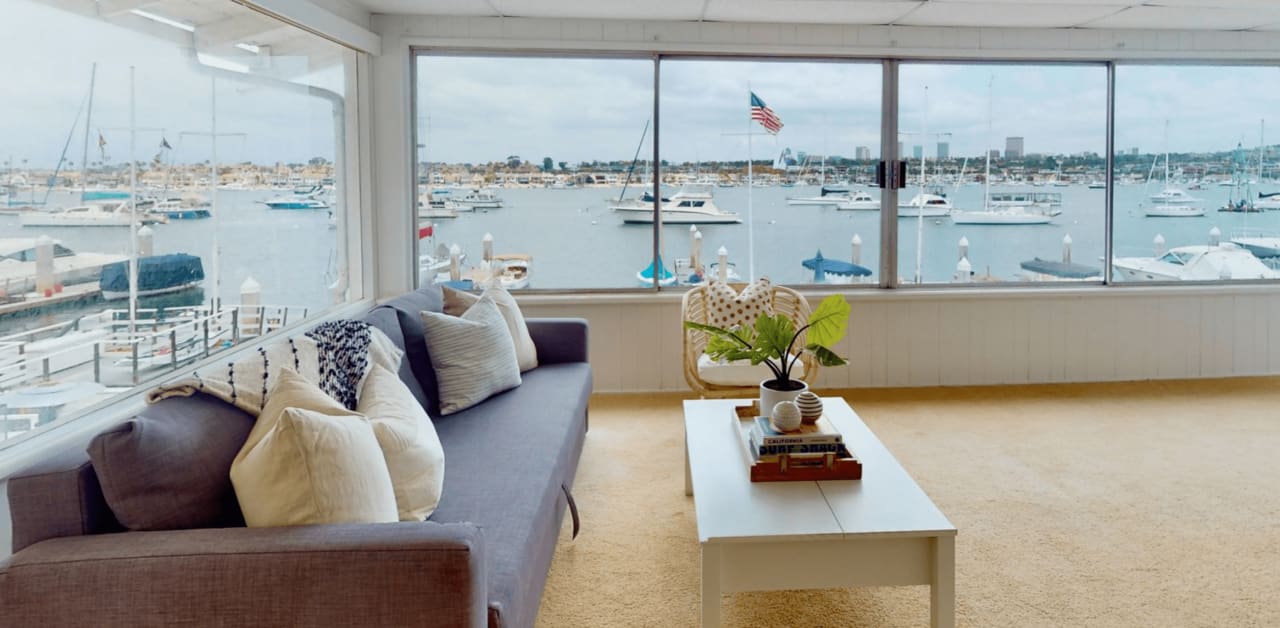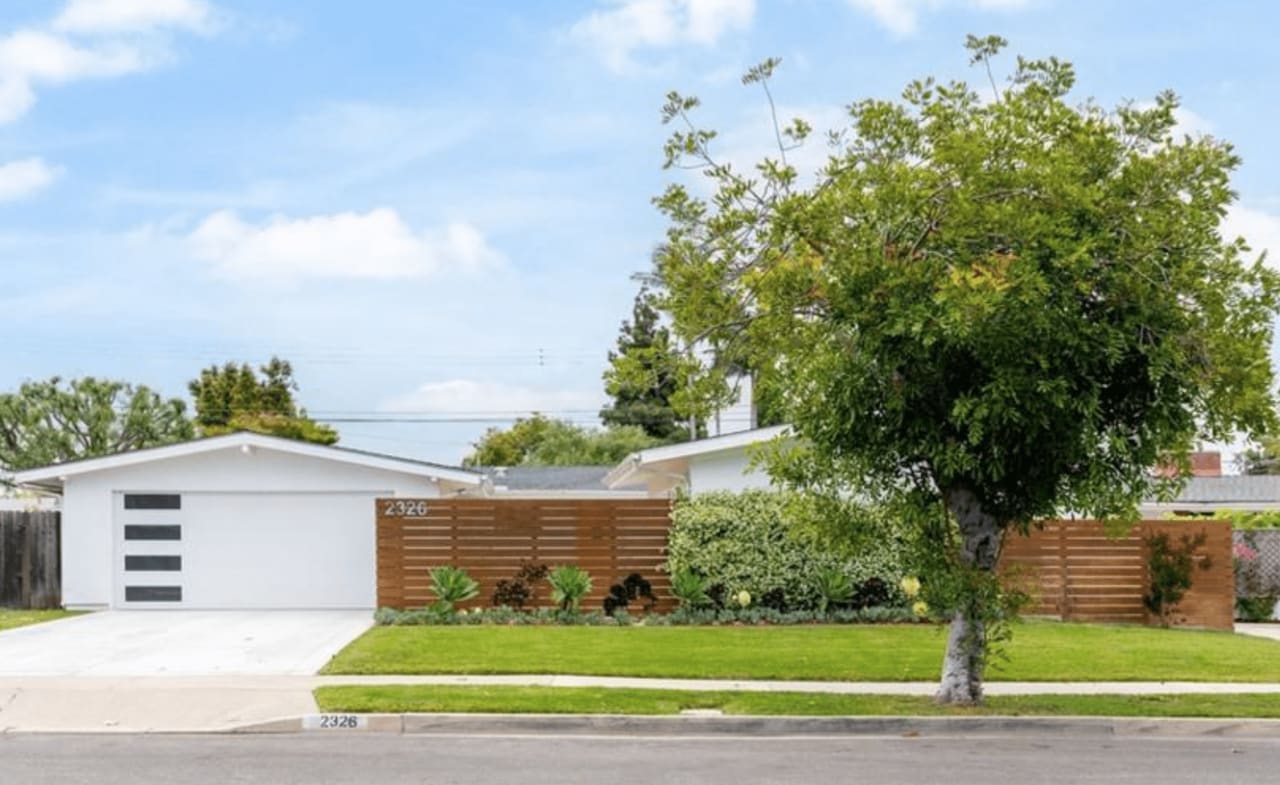So far we have added population with the addition of the 200 units right across from the new Northgate Market - which is great and all, but what about the rest of Harbor?
Harbor Blvd has been sliding further and further into decay. To exacerbate its problems in 2016, the citizens of Costa Mesa passed measure Y, a law that required all developments of any real scale to go to a ballot. Spoiler alert: zero developments went to a vote because a) only NIMBYs show up in scale to vote and b) it costs between $500-$1M to get a project designed and on a ballot, so Costa Mesa became a no-go zone for developers.
Fortunately, a few brave council folks, including Andrea Marr, whom I am fortunate enough to call a friend, put forward Measure K in 2022, which made redevelopment on Harbor Blvd possible. Measure K ended up passing by 200-300 votes - a very good reminder of the importance of voting in local elections; thank you to those of you who voted in support!
Here is where it all comes together, at the shiny new intersection of Harbor and Wilson. Northgate will help attract new and exciting businesses to 2300 Harbor, and the new residents at the old Motor Inn site will help these businesses be successful. The improvement of the center, new residents, and the passage of measure K will encourage developers, investors, and small businesses to take a chance on vacant properties along the corridor.
*A caveat for my prediction - as much as it has taken us 10 years to get to where we are, it will take at least another ten years for us to see the final impacts of these changes.
